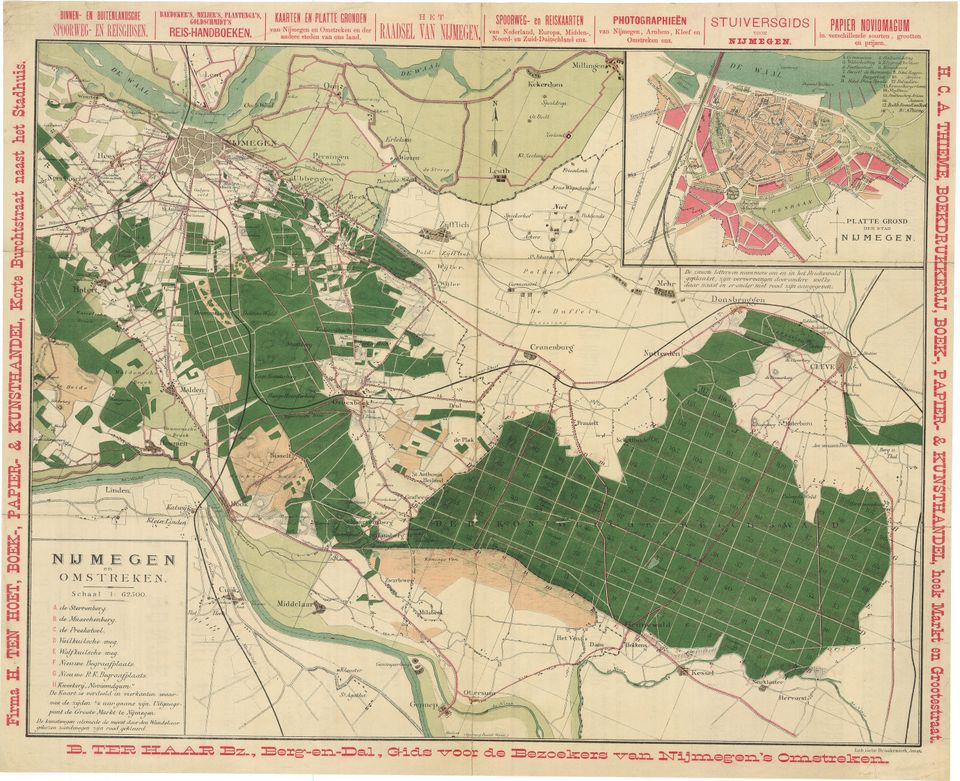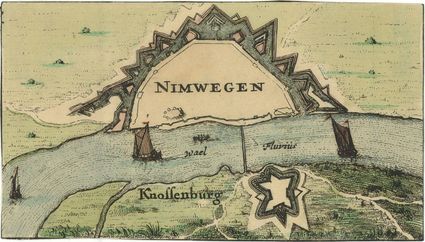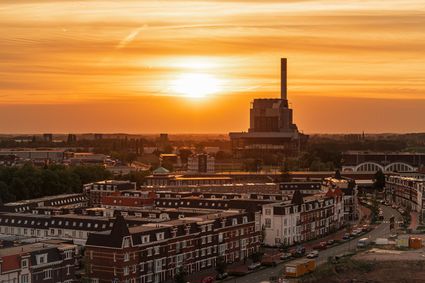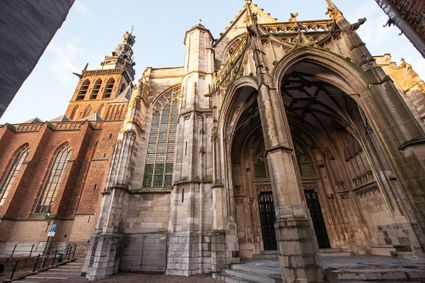The earliest inhabitants – encampments of hunter-gatherers
Nijmegen is bursting at the seams with historical stories, ranging from leading figures to ordinary people, from neighbourhoods to political events. The Canon of Nijmegen encompasses the most important stories about Nijmegen’s history. We’ll start at the beginning: the first inhabitants of the city. Around 5500 B.C., hunter-gatherers set up camp along a wide gully, located beneath what is presently the Keizer Augustusplein in the North of Nijmegen. This water-filled, wooded landscape offered an abundance of fish, waterfowl, beavers, deer, and other hunting game.
5500 B.C.: the first hunter-gatherers
The first signs of habitation in Nijmegen date back to when people survived by hunting, fishing, and collecting nuts, roots, and fruits. Flint tools, estimated to be at least tens of thousands of years old, were found strewn along the South side of the Waal river; however, encampments of hunter-gatherers, who didn’t have a fixed place to stay, have only been found North of the Waal river. Around 5500 B.C., during the Mesolithic period, people settled on the banks of a wide anabranch that ran through the area at the time, using canoes to travel across the river. Remains from that time are scattered over hundreds of meters, at a depth of two to three meters, including traces of fish found within campfire ash. These were all discovered because of soil drilling.
Because well-preserved remains from this period are rare in the Netherlands, both sites on either side of the Keizer Augustusplein were deemed archaeological national monuments. So far, only a modest excavation has been carried out in order to preserve the encampments for the distant future, in the hopes that we will have developed more refined techniques that will be able to provide us with more knowledge about life in those times.
3700 B.C.: the first farmers
Around 3700 B.C. – the New Stone Age – the first farmers in the Eastern Betuwe settled on a sand hill on the opposite side of the anabranch, close to present-day Griftdijk. They mostly kept cattle, pigs, and other small livestock. It’s possible that these farmers were distant descendants of the hunter-gatherers from the Mesolithic period, because they cleverly combined the risky arable and livestock farming in this water-filled area with more traditional hunting and fishing. Hazelnut shells found during excavations shows that these early farmers also made use of the natural vegetation.
Immerse yourself in the rich history of the oldest city in the Netherlands, because Nijmegen has a lot of stories to tell you. Curious? You can read all about it in this historical timeline.



